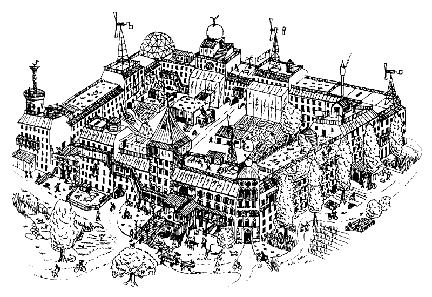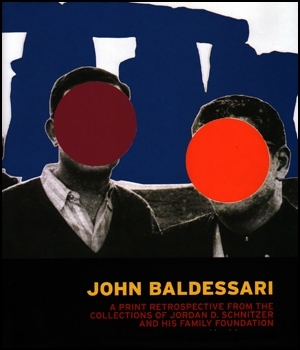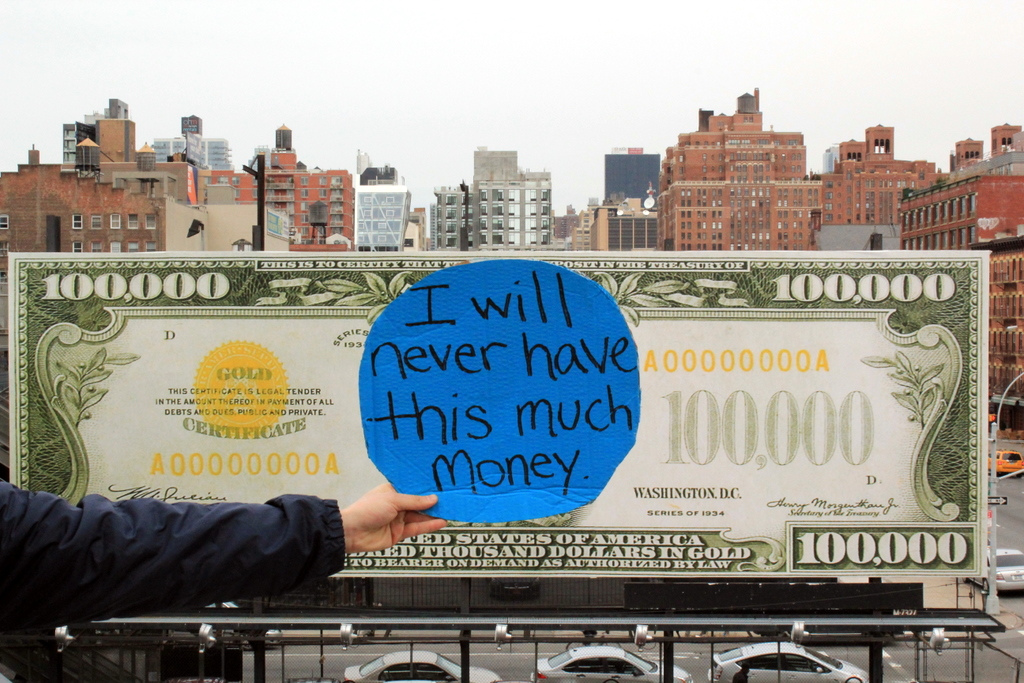Last night Chelsea Sculpture Park Director Deley Gazinelli came to the Arts and Labor meeting and made us aware of this conflict of interest between public space and private interests in Chelsea. Details are below. Please consider supporting the park tonight at the community board meeting.
Dear Friends of Chelsea Sculpture Park:
Please testify and urge Community Board 4 to reject the resolution supporting Marlborough Gallery.
Date: Wednesday – March 7th
Time: 6:30 pm
Location: Fulton Auditorium 119 9th Avenue, Manhattan
During the past few years, we the founders and supporters of the Chelsea Sculpture Park have mobilized the Chelsea community, including residential, civic, educational and religious organizations, galleries, the Art Dealers Association of America and members of the art world, in order to promote the creation of a sculpture park in Chelsea Cove. In addition we were able to secure the endorsement of our local elected officials and the essential support of Community Board 4 (CB4).
One of the main objectives of Chelsea Sculpture Park is to help raise funds for the long term maintenance of the 9.2 acre site. This objective addresses the legislative intent of the Hudson River Park Trust which specifies that the park must be financially self-sustaining. The other important goal is to offer a democratic mechanism and artistic expertise whereby the gallery community, museums, foundations and artists’ estates have the opportunity to exhibit significant works of art on a curatorial basis.
Unfortunately, on February 9th, the Waterfront and Parks Committee of CB4 voted to submit a resolution on March 7th to the Full Board supporting Marlborough Gallery to use the site to sell its wares. We are very concerned that Marlborough Gallery, a commercial business, is using a public park as its own private space to showcase works that are for sale. Furthermore, Marlborough Gallery has demonstrated no intentions of donating a portion of the millions of dollars in profits from the sale of these works with the Hudson River Park Trust.
CB4 must honor its previous support of Chelsea Sculpture Park and adhere to the hard won community hearing process already established. On March 7th we will be respectfully asking CB4 Full Board to reject the resolution. Chelsea Sculpture Park is committed to help raising funds to maintain and preserve the Chelsea Cove site for future generations. Marlborough Gallery will be using a public park to make millions of dollars.
Please testify and urge CB4 to reject the resolution supporting Marlborough Gallery.
Thank you,
Deley Gazinelli
Chelsea Sculpture Park
Founder – Executive Director









